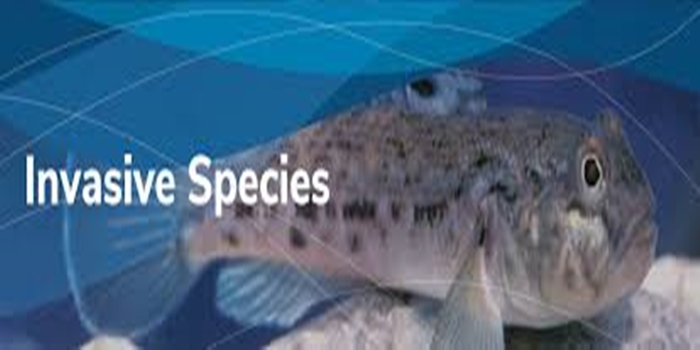In this article, we discussed the meaning of invasive species, examples, characteristics, the causes, furthermore we also talked about the harm
Definition
An Invasive Species is a non-native organism that harms its new environment. Invasive species can be plants, animals, or microbes.
An invasive species is an organism that causes ecological or economic harm in a new environment where it is not native.
Examples of invasive species
Zebra mussel
Originally from Eastern Europe, these mussels were brought to the Great Lakes in the 1980s in the ballast water of ships. They outcompete native species for food and habitat.
Sea lamprey
This fish uses a sucker to attach to game fish and drain their blood. It’s thought that the Erie, Walland, and St. Lawrence canals allowed it to migrate into the Great Lakes.
Asian long horned beetle
This beetle bores into the wood of many hardwood species, weakening the trees and disrupting sap flow.
Emerald ash borer
This green beetle is native to Asia and was first discovered in North America in 2002. It’s a threat to ash trees.
Water hyacinth
This plant forms dense mats on water surfaces, limiting light penetration and harming aquatic organisms.
Japanese knotweed
This plant grows aggressively in disturbed areas, excluding native plants by releasing toxic chemicals.
Brown rat
This rat species can prey on and outcompete native species on tropical islands.
Nutria
This animal can wreak havoc in wetland.
The characterizes of invasive species
They are characterized by rapid growth, high reproduction rates, and the ability to spread over large areas. They can also adapt to a variety of environments and outcompete native species.
The Causes of invasive spices
They are introduced to new environments by human activities, often unintentionally. These activities can include:
Transportation: Ships, boats, and other vehicles can carry in their ballast water, on their propellers, or in the goods they carry
Pet trade: Animals can be moved across borders and escape into the wild
Ornamental plants: Plants can be imported for horticulture and escape into the wild
Fish tank dumping: People may dump their aquariums into bodies of water instead of disposing of them responsibly
Climate change: Rising temperatures and changes in precipitation patterns can allow invasive species to move into new areas
Natural range extensions: Species can naturally migrate to new environments
Invasive Species: How Exotic Plants, Animals and Insects
it can cause ecological disasters and economic losses. They can also threaten native biodiversity and natural areas.
Invasive species can harm the environment, economy, and human health.
Environmental harm
Biodiversity loss
This can outcompete native species for food and resources, which can lead to population declines and species extinction
Ecosystem disruption
This can change the food web, soil chemistry, and the frequency of wildfires
Habitat degradation
it can destroy or replace native food sources, which can lead to a loss of native plants and animals
Economic harm
Crop damage: it can damage crops and cause food shortages
Fishing damage: Invasive Ocean species can harm the fish that people eat
Human health harm
Disease transmission: it can carry or transmit diseases, such as dengue fever
Allergies: Invasive species can cause allergies
Poisonous species
Conclusion
An invasive species is an introduced, nonnative organism (disease, parasite, plant, or animal) that begins to spread or expand its range from the site of its original introduction and that has the potential to cause harm to the environment, the economy, or to human health.


